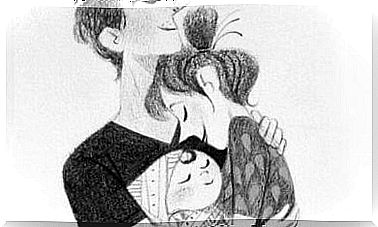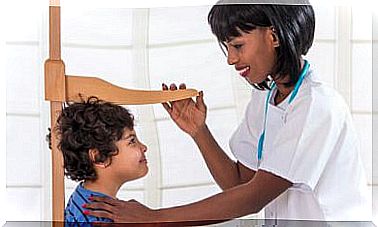Experiments To Do At Home With Children
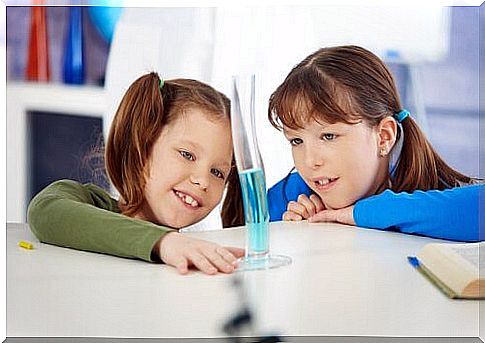
These experiments to do at home with children are easy, simple and economical because they use materials that are normally found at home. Without a doubt, it’s a great way to spend quality time with your family and understand the physical laws of the universe.
4 experiments to do at home with the kids and have fun
Children love it when they try new things. So for sure they will love these experiences.
1. Liquid rainbow
This experience is very attractive and fun for children. Guidance from parents or another responsible adult is important to avoid accidents.
Materials : 1 glass bottle, alcohol, honey, green liquid soap, olive oil, food coloring, 1 dropper.
Instructions : Pour honey into the glass jar directly to the bottom, without touching the sides, and also add liquid soap. Also, mix the water with purple or blue dye and pour over the liquid soap.
Then add a thick layer of oil, always in the center, without touching the sides of the container. Finally, dilute the red dye in alcohol and, with a dropper, let it drain into the pot. You must be careful not to place it in the center like the previous ones, because the rainbow will be harmed.
The scientific explanation of this experiment is simple: the density of different liquids is what makes up the rainbow. The denser liquids by their weight stay at the bottom, and the lighter ones stay on the surface. Also, because they have different densities, liquids do not mix.
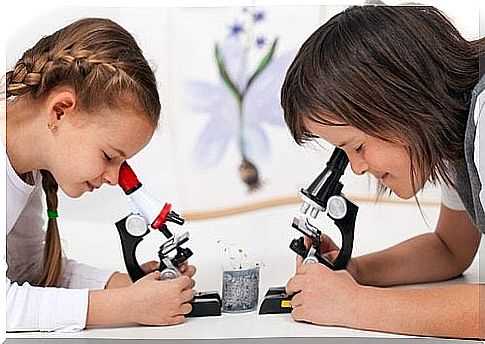
2. Eggs that float and eggs that sink in water
Choosing this experiment to do at home with the children will be an excellent idea. To children, it sounds like magic, but there is a rational explanation.
Materials : 2 eggs, water, salt and 2 containers.
Instructions: Insert an egg into each container of water and allow the children to observe what happens next. You will see that one of the eggs sinks and the other remains floating.
The little ones will think that eggs are different. Then alternate the eggs in the containers. The same thing will happen: the egg that used to float sinks when changed container sinks, and the opposite happens with the other egg.
The scientific explanation is that one of the containers contains salt water, which modifies the density of the water. Under normal conditions, the egg weighs more than water. However, if enough salt is added to the water, its density becomes higher than the egg, which will therefore float.
In particular, you can check this experiment by placing an egg in a container of water and gradually adding salt. You can see how the egg slowly rises to the point of floating on the surface.
3. Jelly worms that dance
Materials : gelatin worm, water, vinegar, baking soda and a clear glass.
Instructions: First, cut the worm into four pieces. Then place it in a cup of warm water with three tablespoons of baking soda for 15 minutes.
Then remove them from the glass with a fork and place them in a glass with vinegar. Immediately, the worms bubble up and rise to the surface.
When the gas bubbles explode they return to the bottom, bubbles form and they rise again. This process is repeated several times until one of the reagents is finished, the bicarbonate or the vinegar.
The explanation for this experiment is that when you mix the worms filled with baking soda with the vinegar, a chemical reaction occurs that causes gas bubbles. That is, there is carbon dioxide around the gelatin worms. In this way, an upward and downward movement is caused, which gives the impression that the worms are dancing.
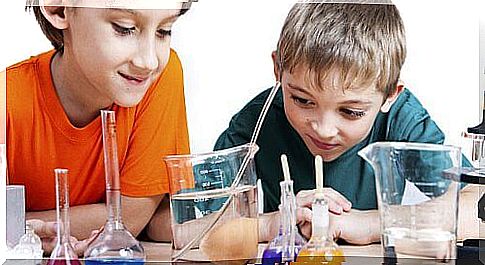
4. Separate the pepper from the water
Home experiences with children encourage learning during free time and strengthen family bonds. They only require a few common ingredients in any kitchen.
Materials : 1 deep dish, soap, black pepper and water.
Directions: In a deep dish, pour plenty of water and sprinkle just a little black pepper. When you insert your finger, the pepper will not move. However, if you put soap on your finger and put it in water, you can see how the pepper is removed from the center of the plate.
The reason is that pepper floats on the surface of the water, where there is a firmer layer of water called surface tension. However, when soaped, this surface tension decreases in the center, which allows the pepper to move away.
In conclusion, there are many benefits of experiments to do at home with children, besides being easy and a lot of fun. Practice them and in a short time you will be able to stimulate your child’s interest in science.



